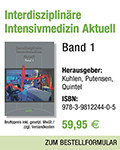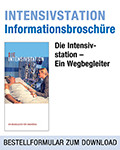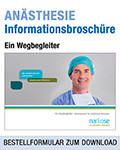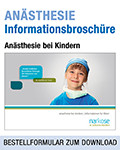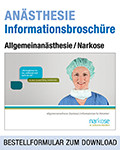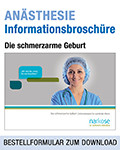

60. Jahrgang - Supplement Nr. 14 - November 2019
Wolf-Hirschhorn syndrome
Wolf-Hirschhorn syndrome
The disease was first described by Hirschhorn and Cooper in 1961, the second case was published in 1965 by Wolf et al. Wolf-Hirschhorn syndrome (WHS) is a rare congenital disorder with specific clinical features mostly caused by de novo microdeletion of the distal short arm of chromosome 4 (del 4p 16.3) involving the Wolf-Hirschhorn candidate gene (WHSC1 and WHSC2), but depending on the size of the deletion other genes can be involved as well (NELFA, LETM1, PIGG, CTBP1, FGFRL1, MSX1), explaining the variability of clinical features. Only 10 % are caused by translocation. The Pitt-Rogers-Danks syndrome (another 4p deletion syndrome) is often considered as a mild clinical variation of WHS.
Typical clinical features (modified from Bösenberg [9]):
Incidence > 75%: Typical facial feature of “Greek warrior helmet” appearance (prominent glabella extending into the broad bridge of the nose, high forehead), microcephaly, low set ears, intrauterine growth retardation, slow postnatal weight gain, failure to thrive, muscular hypotonia, seizures, febrile convulsions, typical EEG abnormalities, mental disability of variable degree.
Incidence 50–75%: Skeletal abnormalities such as scoliosis, congenital hip dislocation or clubfeet, craniofacial asymmetry, ptosis, microstomia, micrognathia, abnormal teeth, IgA or IgG2 deficiency.
Incidence 25–50%: Hearing loss, heart defect (mainly atrial or ventricular septal defect), eye or optic nerve anomalies, cleft lip and palate, genitourinary tract anomalies, structural brain anomalies, sterotypies (hand flapping, head-shaking, rocking etc.).
Incidence < 25%: Other anomalies concerning the liver, gallbladder, gut, diaphragm, oesophagus, lung and aorta, malignancies of the liver or the haematopoetic system.






